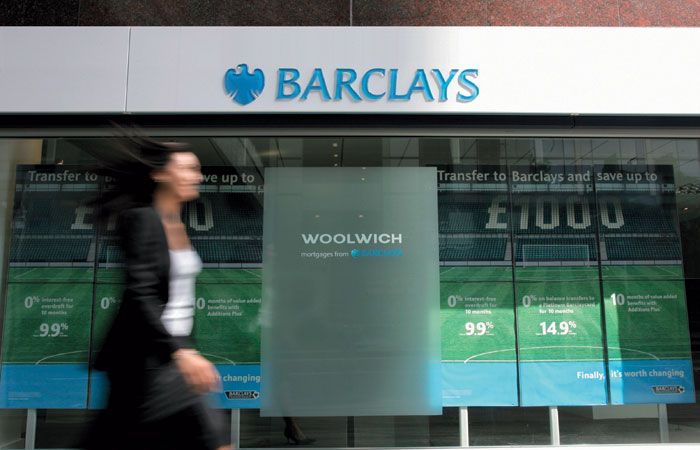
There has been an average quarterly increase of 22% in gross lending across the bridging sector since the property market has started to cool, new research reveals.
According to the latest market analysis by bridging finance specialists Apex Bridging, there has ‘never been a greater reliance’ on the sector.
The company’s latest quarterly figures show that lending sat at £278.8m in Q1 2023 – a 67.6% increase on the previous quarter.
While muted market activity is forecast to see this dip marginally in Q2 of 2023 (-2.6%), it forecasts total bridging lending to climb to £281.2m per quarter by the start of 2024.
Apex analysed the latest figures on total gross lending across the sector and how the reliance on bridging by buyers and owners has increased as market conditions become more difficult.
Pre-Covid (Q1 to Q4, 2019), bridging lending fell at a rate of -0.8% per quarter during what were largely more subdued, but stable market conditions, the figures show.
During the pandemic market boom that followed, hotter market conditions led to a far greater reliance on bridging simply due to the greater volume of transactions taking place.
This led to total gross lending across the sector increasing at an average rate of 2% per quarter between Q1 2020 and Q1 2022.
However, with market conditions now starting to cool, Apex says the nation’s buyers and sellers have never been more reliant on the bridging sector in order to avoid a scuppered sale.
Apex Bridging managing director Chris Hodgkinson, says: “While we may have seen an uplift in bridging market activity during the pandemic, this was largely driven by increased volume, not volatility.
“However, in current cooling market conditions, the reliance on bridging is arguably greater due to the higher propensity for sales to drag on for some months, increasing the probability of a fall through and chain break.
“Although we’re yet to see any signs of a significant market decline, we do expect these trickier conditions to persist and, as a result, the reliance on bridging finance to become all the more pronounced as the year plays out.”



